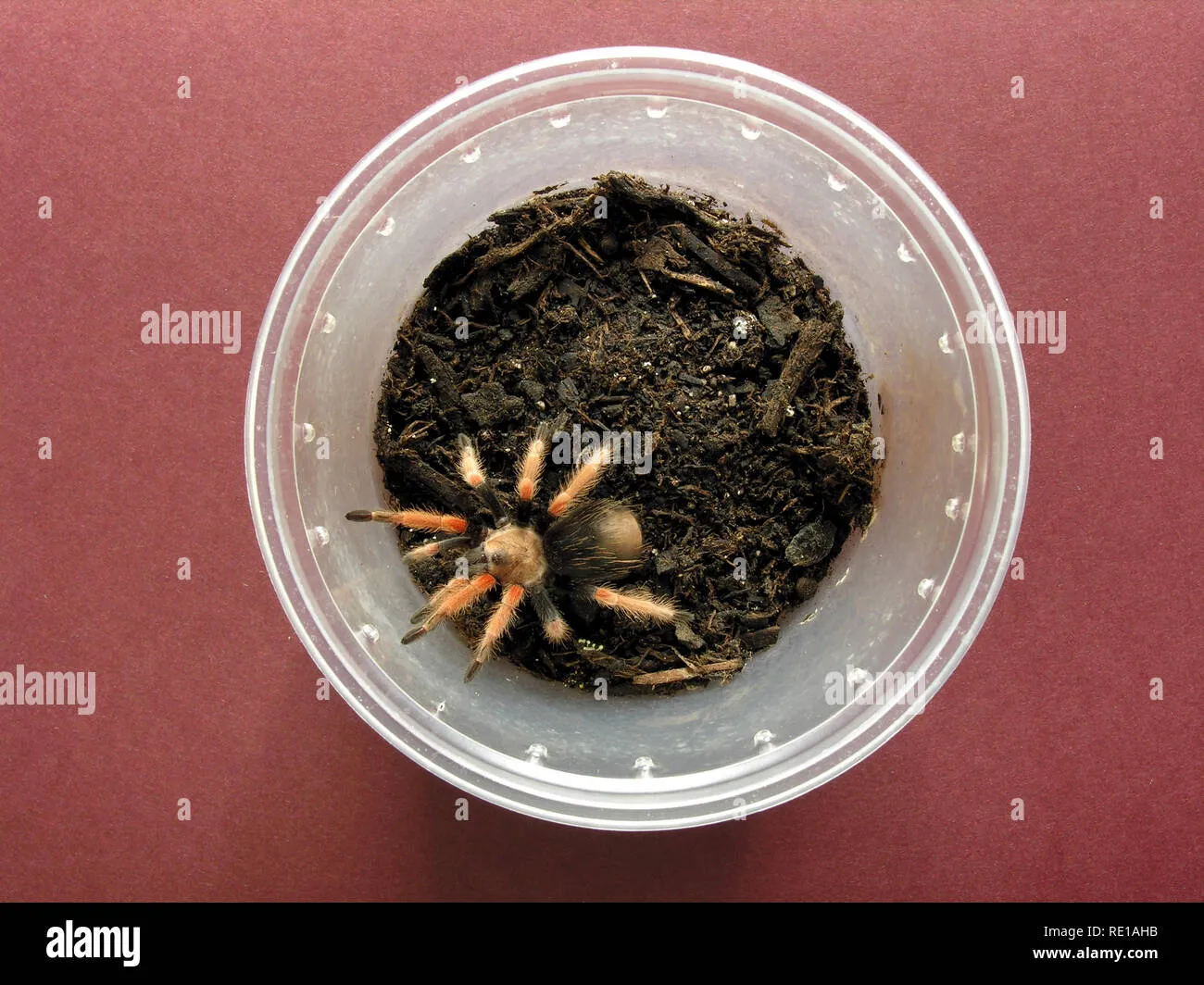Mexican Fireleg Tarantula Habitat What You Need to Know
Creating the perfect Mexican Fireleg Tarantula habitat is crucial for the health, happiness, and longevity of your eight-legged friend. This guide provides the top 5 essential tips to ensure your tarantula thrives in its environment. From choosing the right enclosure to maintaining optimal temperature and humidity, we’ll cover everything you need to know. A well-designed habitat not only replicates the tarantula’s natural environment but also minimizes stress and allows you to observe their fascinating behaviors. Understanding the specific needs of a Mexican Fireleg, like their preference for a terrestrial setup and their sensitivity to environmental changes, is key to success. Remember, attention to detail in habitat design can make all the difference in keeping your pet healthy and content.
Choosing the Right Enclosure
The enclosure serves as your tarantula’s home, and its size and design are critical. A suitable enclosure provides security, allows for proper ventilation, and makes it easier to maintain the ideal environment. The material of the enclosure, whether glass or acrylic, should be durable and allow for clear viewing of your pet. Avoid enclosures with small openings or weak points that could allow your tarantula to escape. The type of enclosure you choose also impacts your ability to monitor conditions and access the tarantula for feeding and maintenance. A well-chosen enclosure contributes significantly to the overall well-being of your Mexican Fireleg.
Size Matters How Big Should It Be
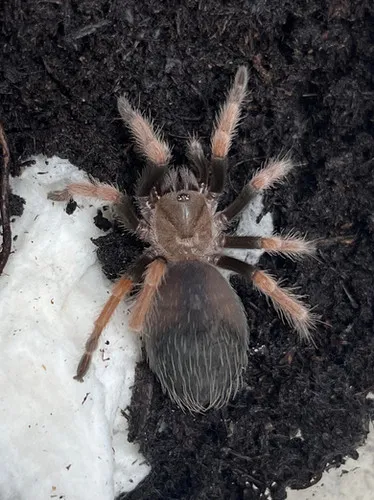
The size of the enclosure should be appropriate for your tarantula’s size. As a general rule, the enclosure should be at least two to three times the tarantula’s leg span in width and length, and the height should be sufficient to prevent escapes and allow for some substrate depth. For a juvenile Mexican Fireleg, a smaller enclosure is often preferable, as it can help them feel more secure. As the tarantula grows, you’ll need to upgrade to a larger enclosure. Overly large enclosures can make it difficult for the tarantula to find food and feel safe, while enclosures that are too small restrict movement and can cause stress.
Ventilation is Key for a Healthy Habitat
Proper ventilation is essential to prevent the buildup of mold, bacteria, and stagnant air within the enclosure. Good ventilation helps regulate humidity levels and keeps the environment fresh. Enclosures should have ventilation holes or mesh in the top and sides. Avoid enclosures with poor airflow, as this can lead to respiratory problems for your tarantula. The amount of ventilation needed depends on the humidity requirements of the species and the local climate. Monitor the enclosure regularly to ensure that the ventilation is adequate and that humidity levels are within the appropriate range for your Mexican Fireleg.
Substrate Selection for Your Tarantula
The substrate is the foundation of the habitat, providing a surface for your tarantula to walk on, burrow in, and create its home. The substrate also plays a crucial role in maintaining humidity levels and absorbing waste. The best substrate choices mimic the tarantula’s natural environment, which is terrestrial with moderate humidity. A good substrate mix allows for burrowing behavior, helps maintain the required humidity, and is non-toxic to the tarantula. Choosing the right substrate is one of the most important decisions you will make in setting up your Mexican Fireleg’s habitat. Remember to consider both the functionality and the aesthetic appeal of the substrate.
Ideal Substrate Composition
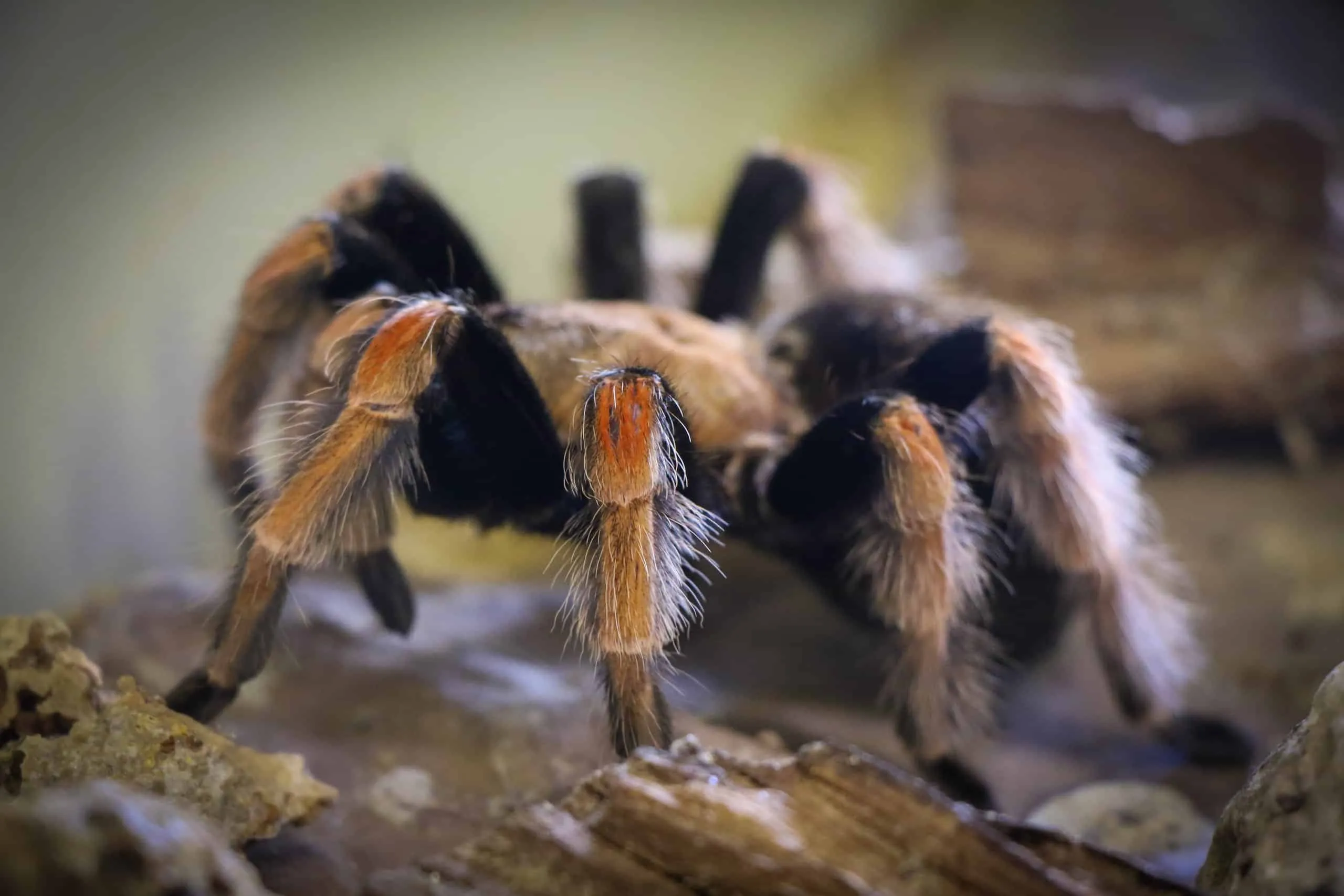
A blend of substrates often works best. A mixture of peat moss, coconut fiber (coir), and a small amount of vermiculite or sphagnum moss provides excellent moisture retention, allows for burrowing, and is generally safe for tarantulas. Avoid substrates that are dusty, as these can irritate the tarantula’s respiratory system. Ensure the substrate is free of pesticides or other chemicals. Consider adding a layer of leaf litter on top to create a more natural environment for your tarantula. The substrate layer should be deep enough to allow for burrowing behavior – at least 4-6 inches is often recommended, depending on the size of your tarantula.
Maintaining Substrate Moisture Levels
Maintaining the correct moisture level in the substrate is critical for the health of your Mexican Fireleg. The substrate should be kept slightly moist, but not soggy. Soggy conditions can lead to mold and other problems. Monitor the substrate regularly and mist it with dechlorinated water as needed. The frequency of misting will depend on the type of substrate, the ventilation in the enclosure, and the ambient humidity. As a general guide, the top layer of substrate should dry out between misting, but the lower layers should retain some moisture. Use a hygrometer to monitor the humidity levels within the enclosure. Avoid overwatering, which can quickly lead to an unhealthy environment.
Decorating the Habitat for Enrichment
Adding decorations to your tarantula’s habitat isn’t just about aesthetics; it’s crucial for providing enrichment and promoting natural behaviors. Decorations create hiding places, provide climbing opportunities, and make the environment more stimulating for your tarantula. Choose decorations that are safe, non-toxic, and won’t harm your pet. Natural elements like cork bark, driftwood, and artificial plants are excellent choices. Ensure the decorations are securely placed to prevent them from falling and potentially injuring the tarantula. Carefully selecting decorations is key to creating an environment where your tarantula feels secure and can express natural behaviors.
Essential Hiding Spots and Dwellings
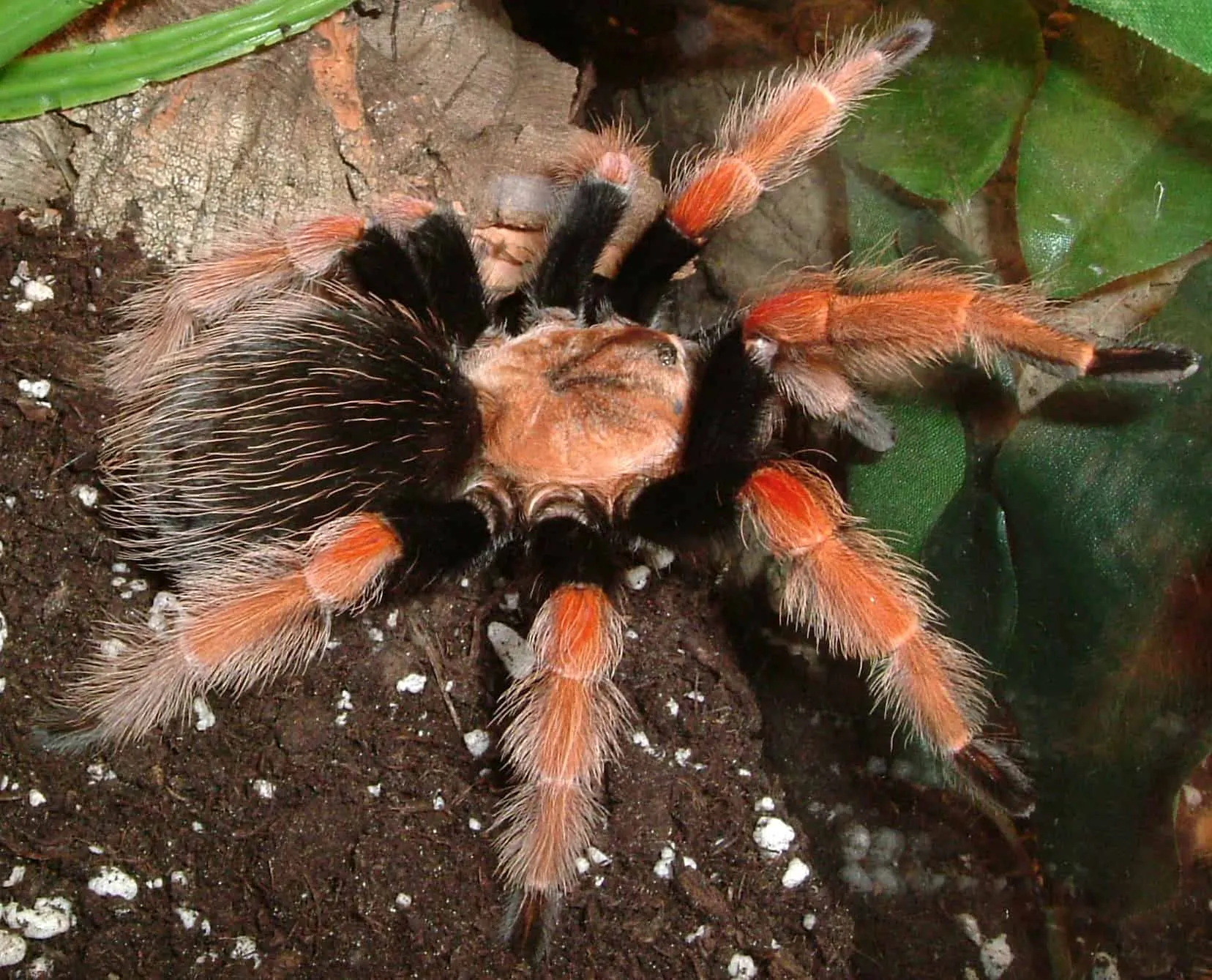
Tarantulas are naturally secretive creatures, and they need a safe place to hide. Providing hiding spots is essential for reducing stress and allowing them to feel secure. Cork bark, half logs, and artificial hides designed for reptiles are all excellent choices. Make sure the hiding spot is appropriately sized and positioned to allow the tarantula to easily retreat and feel secure. Consider placing the hide in a corner of the enclosure or against a side to mimic the tarantula’s natural preference for enclosed spaces. Ensure that the hiding spot is stable and won’t collapse, potentially injuring the tarantula. Having a good hiding spot is fundamental for a healthy and happy Mexican Fireleg.
Providing Water and Feeding
Proper hydration and nutrition are fundamental for the health and well-being of your Mexican Fireleg. Ensuring your tarantula has access to fresh water at all times and a balanced diet is critical. These arachnids have specific dietary needs and require a feeding schedule that supports their growth and overall health. Careful attention to water and feeding routines will contribute to the longevity and vitality of your pet. Always provide clean, fresh water and a variety of insects to meet the tarantula’s nutritional requirements.
Water Dish Requirements
A water dish is essential for your tarantula to stay hydrated. Choose a shallow water dish that is stable and easy for the tarantula to access. The dish should be sized appropriately for the size of your tarantula; a bottle cap is often sufficient for slings, while a small, shallow dish works well for adults. Make sure the water dish is cleaned regularly to prevent the buildup of bacteria and to ensure that the water remains fresh. Use dechlorinated water to avoid harming your tarantula. Position the water dish in a location that is easily accessible to the tarantula but doesn’t interfere with its other activities. Check the water level daily and refill it as needed.
Feeding Your Mexican Fireleg
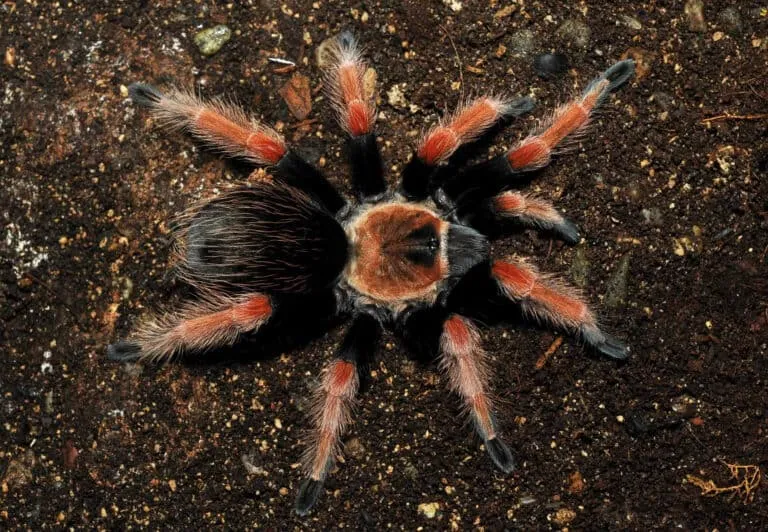
Mexican Firelegs are carnivores and require a diet of insects. Crickets, mealworms, and roaches are common choices. The frequency of feeding depends on the tarantula’s age and size. Spiderlings should be fed more frequently (every other day), while adult tarantulas can be fed once or twice a week. Feed your tarantula an appropriate amount of insects – usually one or two insects per feeding. Remove any uneaten insects after 24 hours to prevent them from bothering the tarantula or potentially causing harm. Always ensure the insects you feed are gut-loaded with nutritious food to provide your tarantula with a balanced diet. Vary the diet occasionally to provide enrichment and ensure the tarantula receives a variety of nutrients.
Maintaining Proper Temperature and Humidity
Temperature and humidity are two of the most crucial factors in maintaining a healthy habitat for your Mexican Fireleg. These tarantulas thrive in a specific range of temperatures and humidity levels, and deviations from this range can lead to health problems. Monitoring and adjusting the temperature and humidity levels are essential for creating an ideal environment. Using a thermometer and hygrometer is vital for tracking environmental conditions accurately. Regularly checking and maintaining the proper temperature and humidity will ensure your tarantula remains healthy and comfortable.
Temperature Control Best Practices
Mexican Firelegs prefer a temperature range between 75-85°F (24-29°C). Provide a consistent temperature throughout the enclosure. A heat lamp or a heat mat can be used to maintain the temperature, but it is crucial to avoid direct heat sources that could burn the tarantula. Place the heat source on the side of the enclosure, rather than directly on the bottom. Monitor the temperature regularly using a thermometer to ensure the temperature remains within the appropriate range. Avoid drastic temperature fluctuations, as this can stress the tarantula. Ensure the heat source is properly regulated and won’t overheat the enclosure.
Humidity Monitoring and Adjustment
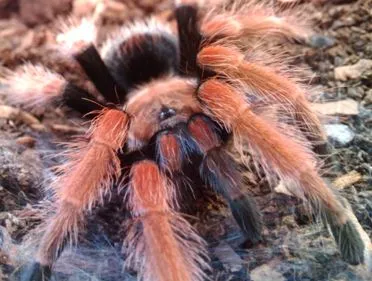
Humidity levels should be maintained between 60-70% for a Mexican Fireleg. Use a hygrometer to monitor humidity levels accurately. Mist the enclosure with dechlorinated water to increase humidity. The frequency of misting will depend on the ventilation in the enclosure and the ambient humidity. Overly humid conditions can lead to mold and bacterial growth, so be careful not to over mist. If the humidity is too low, you can increase it by misting more frequently, adding more water to the substrate, or using a larger water dish. If the humidity is too high, increase the ventilation. Regular monitoring and adjustment of humidity are essential to prevent health problems for your tarantula. Ensure proper ventilation to avoid issues.
